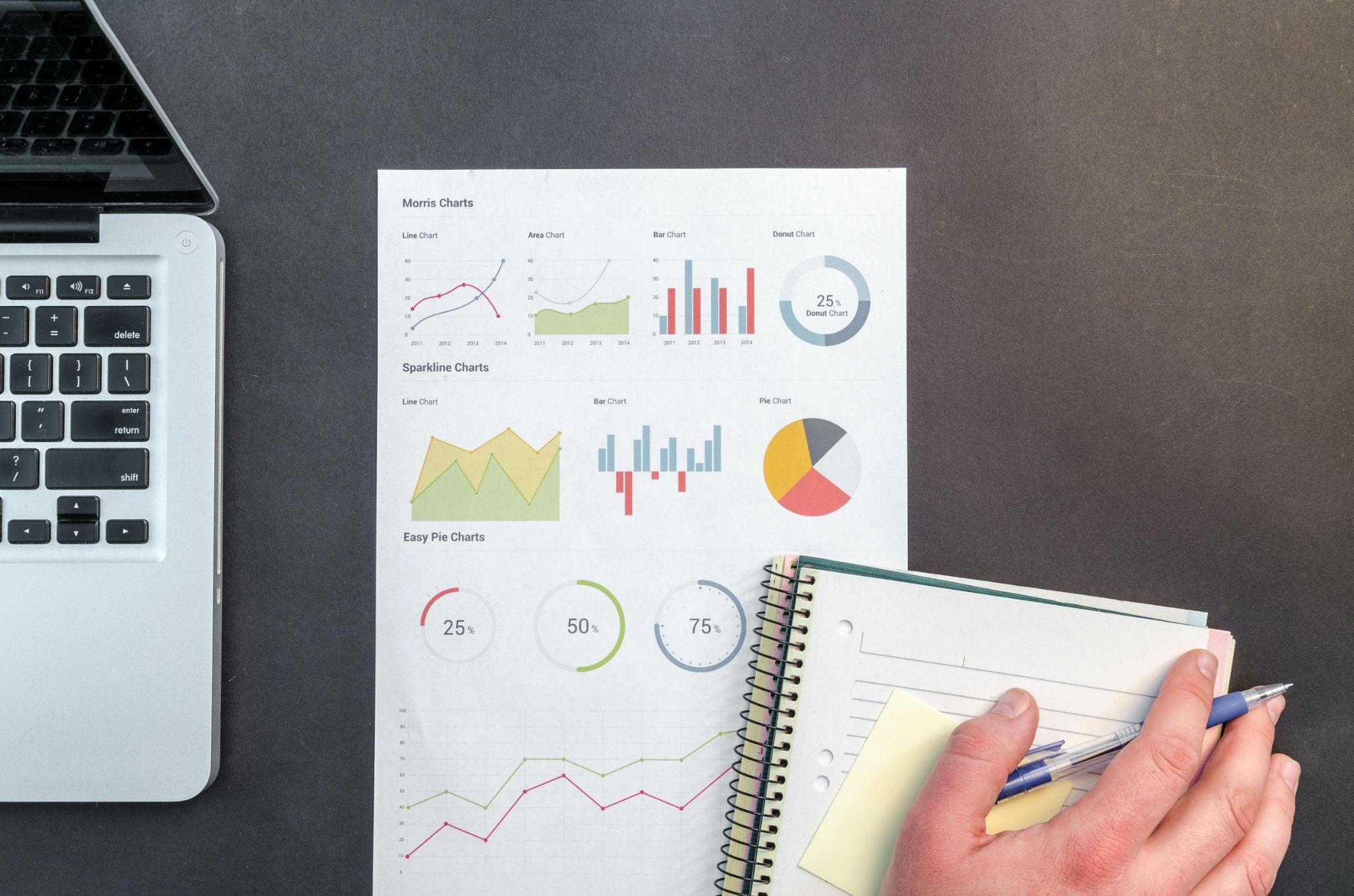-
TrendsReputationRisks
-
SectorPublic AdministrationIT and Communications
Trying to identify specific messages among all the tangle of noise we find today in the media and on social networks is the perfect definition of looking for a needle in a haystack.
This is a task that can become very tedious without the right digital resources.
The volume of publications, comments, threads, reactions, users, hashtags or reproductions that can be generated in the online sphere turn the digital conversation into a sea of information that is often unnavigable.
When we talk about measuring the reputational damage generated by the conversation on social networks, it is important to resort to artificial intelligence tools if what we are analyzing are considerable volumes of conversation.
Above all, bearing in mind that a fundamental measurement indicator is based on the sentiment of the messages. That is, whether they are harmful, neutral or positive from a reputational perspective.
It is for this reason that data analysis has become an essential part in extracting and identifying those messages in the conversation that may have caused reputational damage. In this sense, data analysis tools work in a way that allows us to:
● Navigate within the total social conversation to identify messages around the issue specific: this task is not always easy, since each platform has its own limitations. For example, Twitter offers more facilities by saving the history of conversations, while on Facebook privacy is more important, allowing less accessibility to the information.
● Estimating the real reach of messages thanks to metrics or engagement signals: again, the way to measure the reach of a message in networks will vary depending on the platform. In the case of Twitter, the application’s own metrics (retweets, comments or likes) calculate the reach, while on other platforms it is necessary to measure engagement in order to obtain reliable data.
● Economic quantification of the messages detected to estimate the reputational impact caused: this estimate is made through the Equivalent Advertising Value, a criterion used in the world of communication by which each message is assigned an economic value subject to the advertising value of the medium or platform in which it is published.
On the other hand, the usefulness of data analysis is not limited exclusively to social networks.
Sometimes, the volume of media coverage on a issue can also be difficult to manage.
Especially, if what we want is to measure the reputational damage suffered by a person or a company for a particularly mediatic case that has generated a lot of volume of coverage in a short period of time or for anissue that has lasted several years. This is the case, for example, of legal proceedings that drag on for several years giving rise to different peaks of coverage with each new judicial milestone.
In these cases, data analysis can be used to measure the volume of news about the issue, its scope or its relevance, depending for example on the level of prominence of the particular issue in a news story or according to the importance of the media in which it has appeared.
These KPIs are integrated a posteriori into a Communication Value formula that assigns a value to each variable to arrive at an economic quantification of the reputational damage caused.
In any case, these quantitative results must be combined with the qualitative assessment by an expert and multidisciplinary team capable of interpreting the data obtained and defining the relevance of criteria such as keywords, sensitive topics, the use of certain photographs over others or the tone of a news item.
In this sense, reputation expert reports integrate the quantitative conclusions drawn from the data analysis, the resulting economic quantification and the qualitative assessment of an expert team in an example of modern expertise that, thanks to data intelligence, will allow claims for compensation for reputational damage in court.
Article prepared with the collaboration of María Nogales, young talent at LLYC.
To learn more about our methodology for measuring reputational impact as expert evidence, we invite you to download: “Expert reports: how to prove and quantify reputational damage in a judicial process.”
To learn more about our methodology for measuring reputational impact as expert evidence, we invite you to download: “Expert reports: how to prove and quantify reputational damage in a judicial process.
Authors
Alba García



